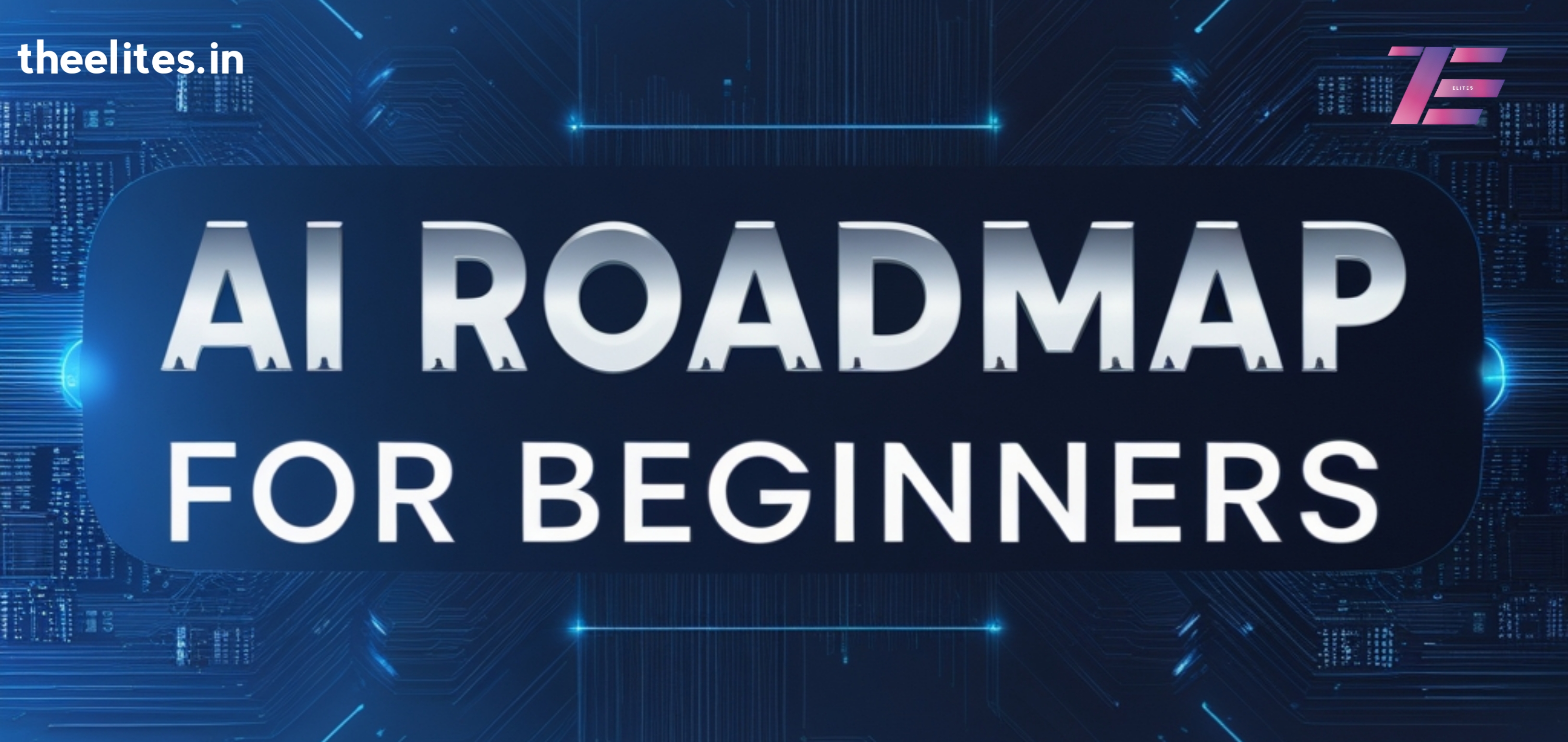
The Complete Artificial Intelligence Roadmap from beginner to advance

The Complete Roadmap to Mastering Artificial Intelligence in 2025: From Basics to Brilliance
Introduction
Artificial Intelligence isn't just a buzzword anymore—it's the pulse of modern technology, shaping industries and redefining innovation.
But where do you begin? How do you go from clueless to confident?
This blog is your complete roadmap to mastering AI in 2025—crafted for curious minds, tech enthusiasts, and budding engineers like you.
1. Laying the Foundation: What Even Is AI?
Before you start building models or dreaming of neural networks, let’s get the basics right.
Definition:
AI is the simulation of human intelligence by machines.
Categories:
- Narrow AI (e.g., Siri, Alexa)
- General AI (hypothetical)
- Super AI (aspirational)
Must-Read/Watch:
- "Artificial Intelligence: A Modern Approach" by Stuart Russell
- YouTube: CrashCourse AI Series
2. Mathematics – The Language of AI
If AI were a spell, math would be its incantation.
Topics to Cover:
- Linear Algebra: Vectors, matrices, tensor operations
- Probability & Statistics: Bayes Theorem, distributions
- Calculus: Derivatives, gradients for optimization
- Discrete Mathematics: Logic, sets, and combinatorics
Recommended Tools:
- Khan Academy
- 3Blue1Brown series on Linear Algebra
3. Programming for AI – Python is King
Learn Python Basics:
- Data types, loops, OOP
Master Libraries:
- NumPy & Pandas – for data wrangling
- Matplotlib & Seaborn – for visualization
- Scikit-Learn – for machine learning
Project Ideas:
- Titanic survival prediction
- Handwritten digit recognition
4. Machine Learning – Teaching the Machine to Think
Understand the core idea: Input ➔ Process ➔ Prediction
Key Areas:
- Supervised Learning: Regression, classification
- Unsupervised Learning: Clustering, dimensionality reduction
- Reinforcement Learning: Agents learning by interacting
Popular Tools:
- Scikit-Learn
- TensorFlow
- PyTorch
5. Deep Learning – Let the Neural Networks Flow
Welcome to the world of neurons, activation functions, and backpropagation.
Main Concepts:
- Neural Networks (ANNs)
- CNNs – for images
- RNNs & LSTMs – for sequences
- Transformers – for language & vision
Projects:
- Build your own Image Classifier
- Generate poetry with LSTM
6. Specializations – Pick Your AI Superpower
Once you're solid with the basics, dive deep into a specialization:
- NLP (Natural Language Processing): Chatbots, summarizers, translators
- Computer Vision: Face recognition, medical imaging
- Generative AI: Text-to-image models, music creation
- Ethics & Bias: The soul-check of AI systems
7. Resources and Certifications
Top Courses:
- Google AI & DeepLearning.AI (Coursera)
- FastAI (free)
- HuggingFace Courses – Modern NLP magic
- AI For Everyone by Andrew Ng
8. Build in Public: Showcase Your Skills
Where to Share:
- GitHub: Document all your code.
- LinkedIn: Share what you learn weekly.
- Medium/Hashnode: Write case studies on your AI projects.
Join Competitions:
- Kaggle
- Zindi
- Hackathons like Hackamania
9. Bonus: The Future of AI (2025 and Beyond)
AI is now crawling into every device, every company, every decision. In 2025:
- AI engineers are in demand like never before.
- Edge AI and Responsible AI are hot trends.
- Prompt Engineering, AI alignment, and model compression are new buzzwords.
Conclusion
AI mastery isn’t a sprint—it’s a journey.
The kind of journey where you fall in love with math, argue with your neural nets, and lose sleep over model accuracy.
But when it works? Magic.
Start now, and in a year, your future self will thank you.